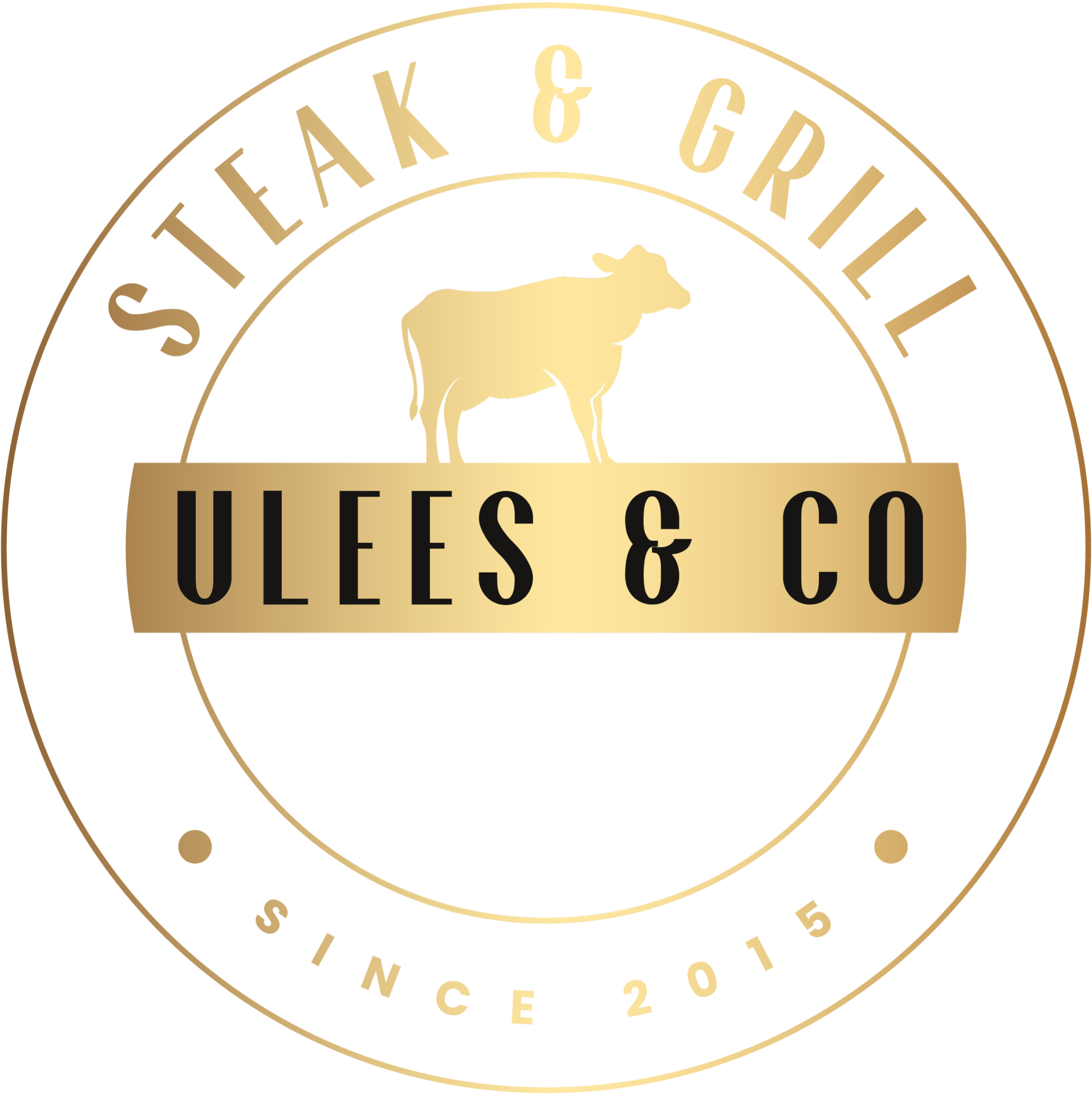More and more top chefs are deliberately choosing grass-fed beef because of its superior taste, better texture, and higher nutritional value. This meat comes from cattle that eat only natural grass, resulting in a more complex flavor profile with earthy notes and a firmer bite. The natural diet and freedom of movement of the livestock produce healthier meat with more omega-3 fatty acids and vitamins, while also better meeting the growing demand for sustainable and ethically responsible ingredients in the hospitality industry.
What makes grass-fed beef so special for professional kitchens?
Grass-fed beef distinguishes itself through the natural raising of cattle that eat exclusively fresh grass, hay, and silage. These animals grow up in open pastures where they can move freely, which directly affects the muscle fiber structure and fat pattern in the meat.
For professional kitchens, this meat offers unique advantages. The consistent quality makes it predictable in preparation, while the natural marbling ensures a perfect balance between flavor and texture. The meat has a deeper, red color due to higher myoglobin content, which is visually appealing on the plate.
Chefs especially appreciate the versatility of grass-fed meat. It lends itself excellently to various preparation methods, from quick grilling for a perfect steak to slow cooking for braised dishes. The natural flavor requires fewer seasonings, allowing the pure meat taste to come through better.
How does the taste of grass-fed beef differ from grain-fed meat?
The flavor profile of grass-fed beef is noticeably more complex and earthier than that of grain-fed meat. Where grain-fed meat often has a milder, buttery taste due to higher fat content, grass-fed beef offers a richer, more pronounced meat flavor with hints of herbs and nuts.
The texture also differs significantly. Grass-fed meat has a firmer bite and finer muscle fiber structure. The fat content is lower, but the present fat is more yellow in color due to natural carotenoids from the grass. This fat melts at a lower temperature, creating a pleasant mouthfeel.
These differences influence culinary possibilities. Grass-fed meat requires a different approach when preparing. It needs less time on the grill and benefits from a slightly lower core temperature. Chefs enjoy experimenting with these characteristics to create new flavor combinations that enhance the natural characteristics of the meat.
Why do guests find grass-fed beef tastier and healthier?
Guests increasingly choose grass-fed beef because of proven health benefits. This meat contains up to five times more omega-3 fatty acids than regular beef, comparable to amounts found in wild salmon. The content of vitamin E and beta-carotene is also significantly higher.
The absence of hormones and preventive antibiotics appeals to conscious consumers. Grass-fed cattle grow naturally without growth-promoting substances, resulting in purer meat. This aligns perfectly with the trend toward clean eating and natural nutrition.
In terms of taste, guests experience the meat as more authentic and fuller. The complex flavor is often described as “how meat used to taste.” This nostalgic factor, combined with the feeling of making a responsible choice, enhances the overall dining experience. Restaurants notice that guests are willing to pay more for this added value.
Which preparation techniques work best with grass-fed beef?
Preparing grass-fed beef requires adapted techniques due to the lower fat content. The ideal core temperature is 5 to 10 degrees lower than with grain-fed meat. For a medium-rare steak, this means stopping at 52-54°C instead of the usual 58°C.
Preparation is important: remove the meat from refrigeration at least 30 minutes before cooking so it reaches room temperature. Use a hot grill or pan for a quick crust, but then immediately lower the temperature. The meat needs 30% less cooking time than conventional beef.
Specific tips for optimal results:
- Don’t marinate too long, maximum 2-4 hours to preserve the natural flavor
- Use a meat thermometer for precision
- Let the meat rest for 5-10 minutes after cooking
- Only add salt after grilling to prevent moisture loss
- Work with indirect heat for thick pieces of meat
How does grass-fed beef contribute to a sustainable menu?
Grass-fed beef fits perfectly into a sustainable menu through its positive environmental impact. This form of livestock farming provides natural landscape management, where grassland captures CO2 instead of producing emissions. The cattle graze natural pastures without artificial fertilizers or pesticides.
Animal welfare is central to grass-fed production. The animals live in their natural environment, can exhibit their natural behavior, and have no stressful transport to feedlots. This ethical aspect appeals to more and more guests who consciously choose restaurants with sustainable policies.
Restaurants actively use these sustainability aspects in their marketing. They tell the story behind the meat, from farm to fork. This transparency creates trust and loyalty among guests. Menus proudly mention the origin and production method, which strengthens premium positioning and justifies higher prices.
Where do you find the best grass-fed beef for your restaurant?
When sourcing quality grass-fed beef, certifications are your best guarantee. Look for recognized quality marks such as “100% grassfed” or organic certificates that guarantee complete grass-fed raising. Note the difference between “grass-fed” and “grass-finished,” where only the latter category guarantees that the cattle ate grass their entire lives.
Seasonal influences play an important role in availability and quality. In summer months, when grass is most nutritious, the meat is at its best. Smart purchasing takes this into account through seasonal menus or special promotions.
For restaurants seeking premium meat, we at Vlees & Co work exclusively with selected suppliers who meet our strict quality requirements. Our meat sommeliers personally visit the farms to verify origin and production methods. These direct relationships guarantee consistent quality and complete traceability. More information about our selection of premium meat can be found on our website, where we delve deeper into the various quality aspects and selection criteria.
